Lucas Cranach the Elder created many paintings on antique subjects. These cabinet pictures were intended for the Kunstkammer, grandees or patricians and corresponded to the tastes of the German aristocracy.
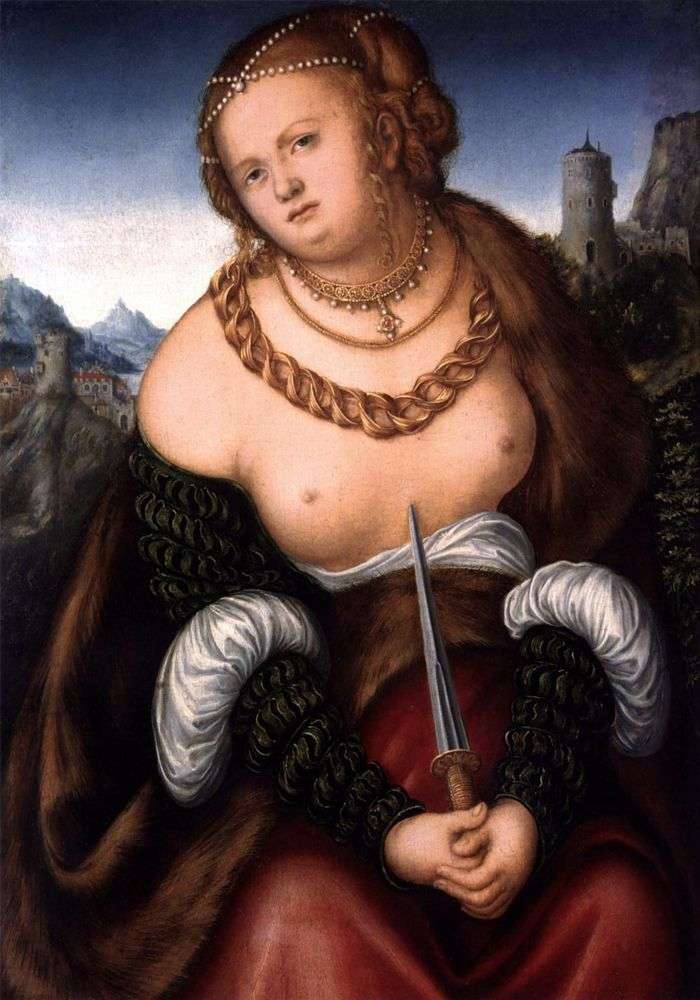

Lucas Cranach the Elder created many paintings on antique subjects. These cabinet pictures were intended for the Kunstkammer, grandees or patricians and corresponded to the tastes of the German aristocracy.
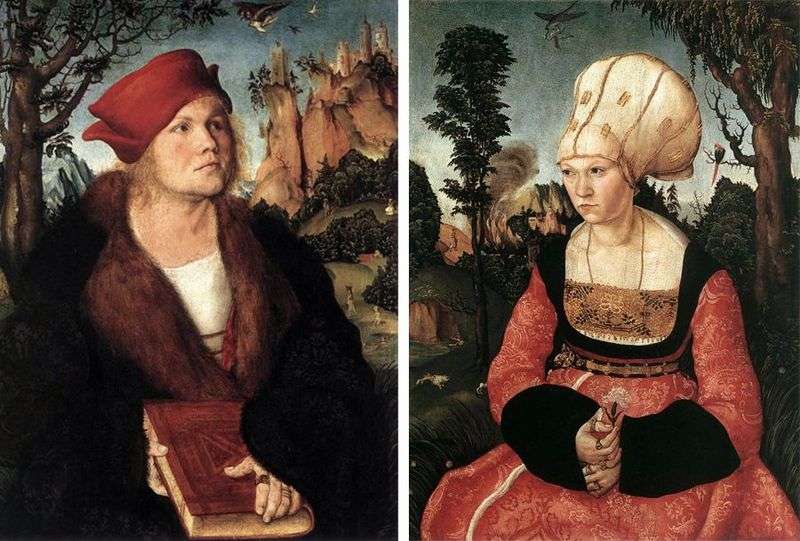
Portraits of Johannes Cuspinian and his wife Lucas Cranach the Elder wrote in 1503-1504 g. Then the young artist lived in Vienna. At that time it was the center of
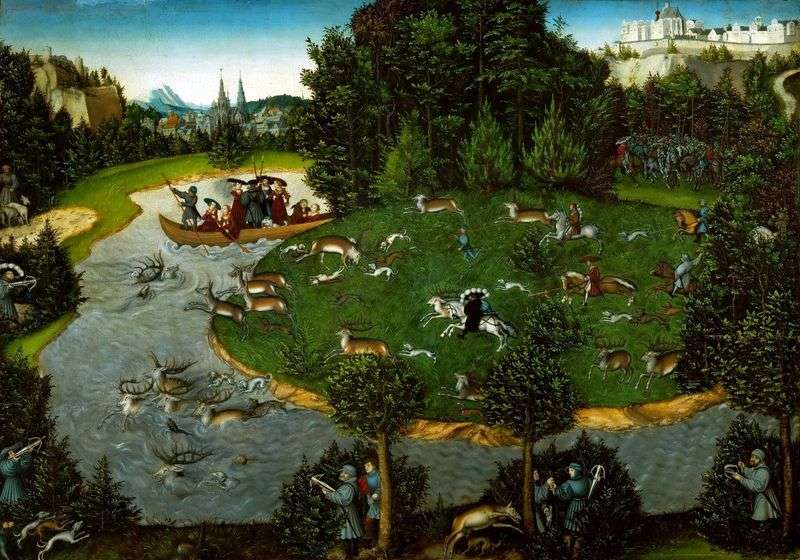
On the one hand, this is a historical picture, because it depicts a concrete case – a hunt, arranged by the kurfust Frederick the Wise in honor of the Emperor
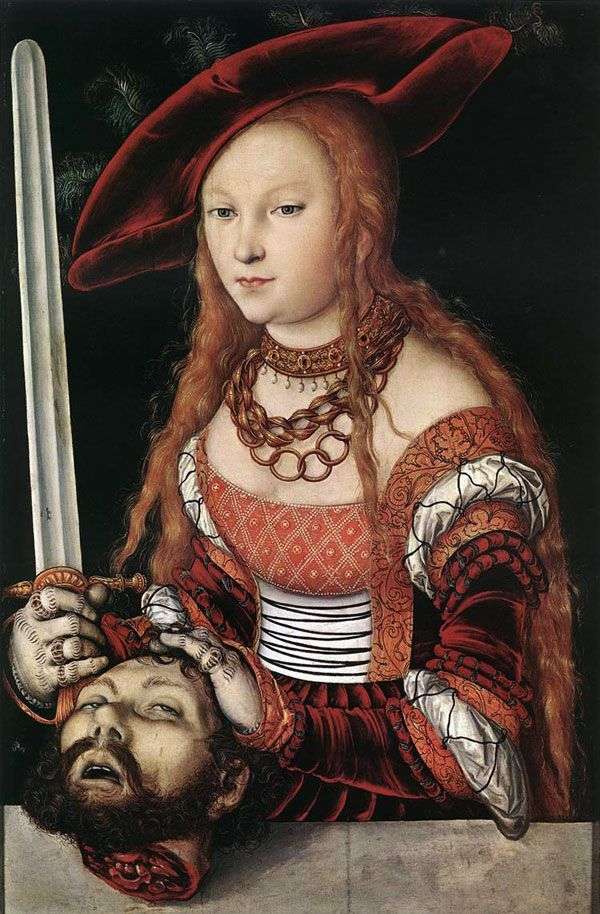
The fortified city of Israel, Bethulia, located in the mountains, besieged the troops of the Assyrian king Nebuchadnezzar. They were commanded by the outstanding commander of Holofernes. He had already
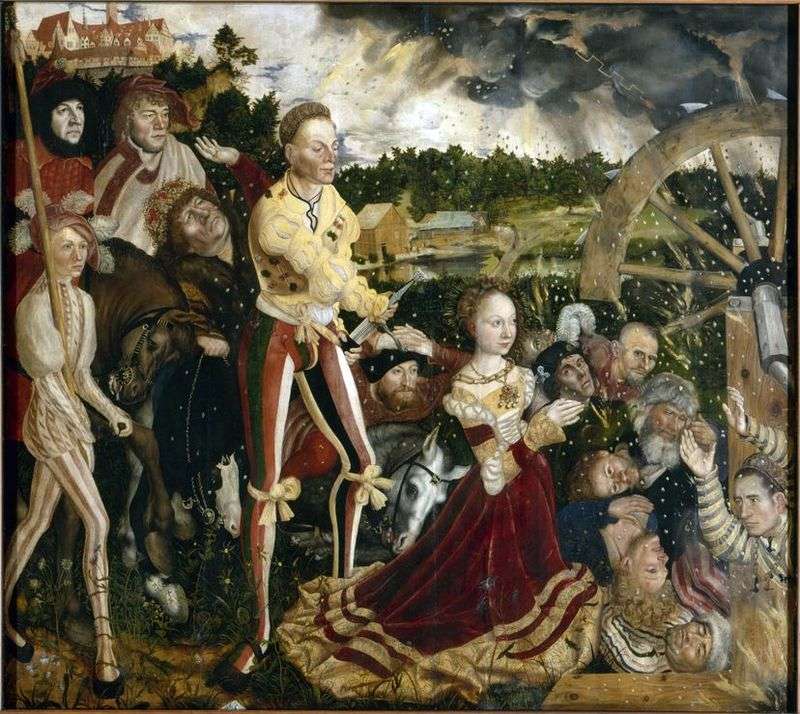
This is the third part of the triptych “Martyrdom of St. Catherine”. The plot of the famous Christian legend. At one time in Alexandria, the rules reigned Catherine, who wanted
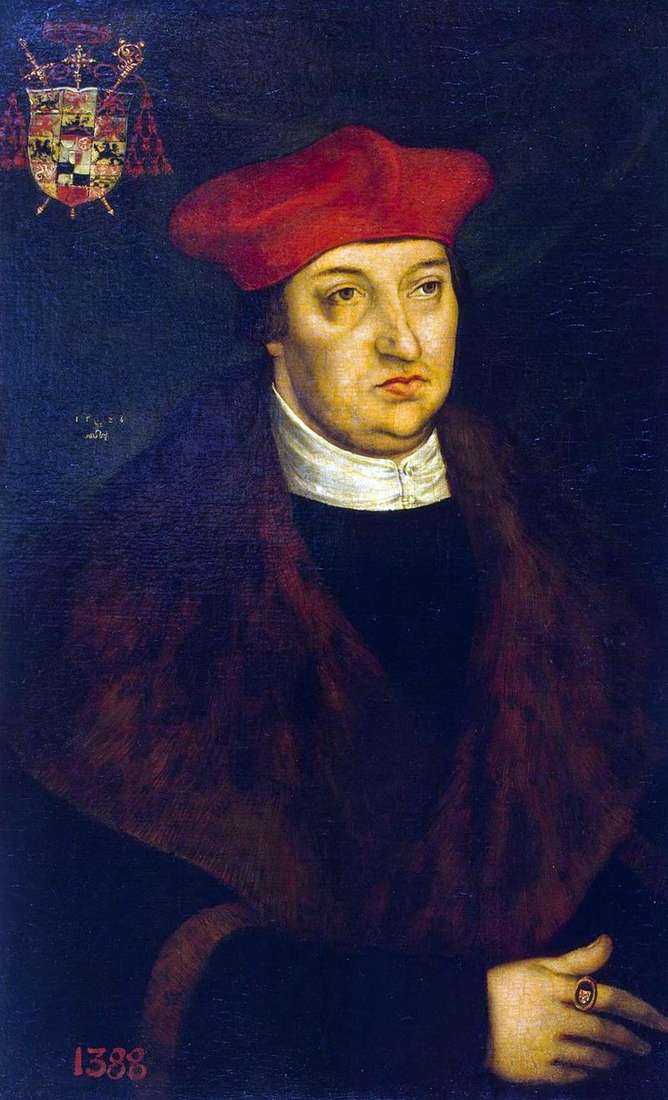
Cardinal Albrecht of Brandenburg – Elector, Archbishop of Mainz and Magdeburg, a famous politician of the Reformation, primate of the Catholic Church in Germany. Albrecht was the second son and
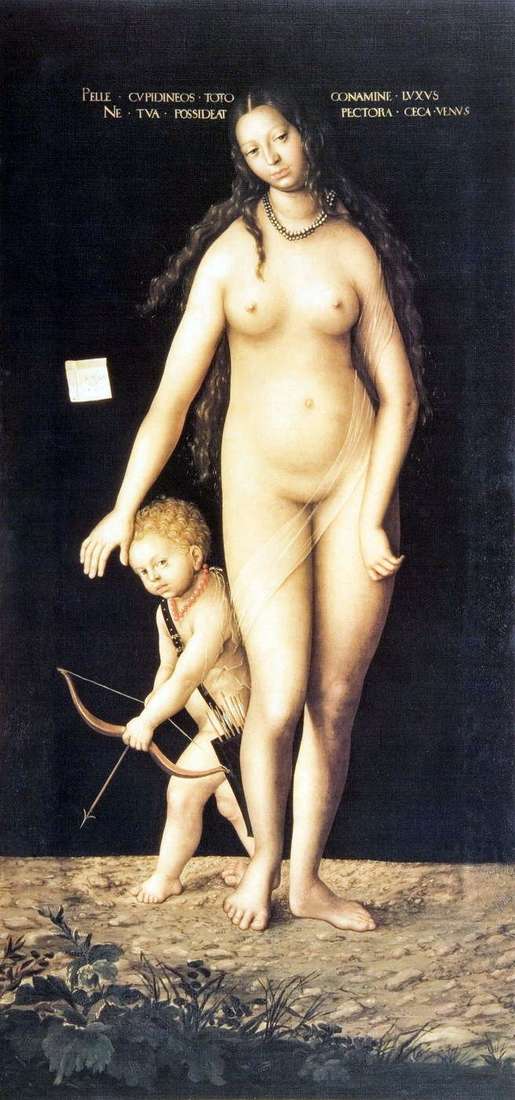
The famous painting “Venus and Cupid” was painted by the artist Lucas Cranach the Elder in 1509. Size 213 x 102 cm, canvas, wood, oil. The picture is attributed to
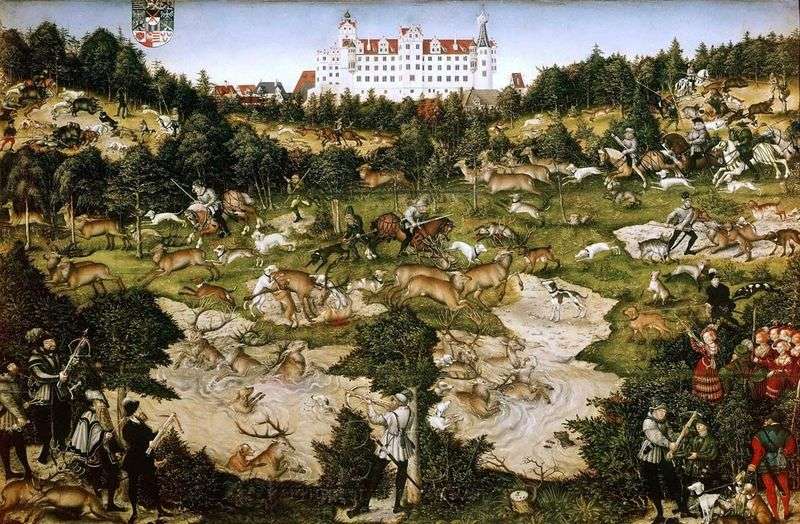
One of the custom-made works of the master, a genre-specific painting depicting the favorite entertainment of his august patrons – the hunt for deer. The strength of these “hunts” is
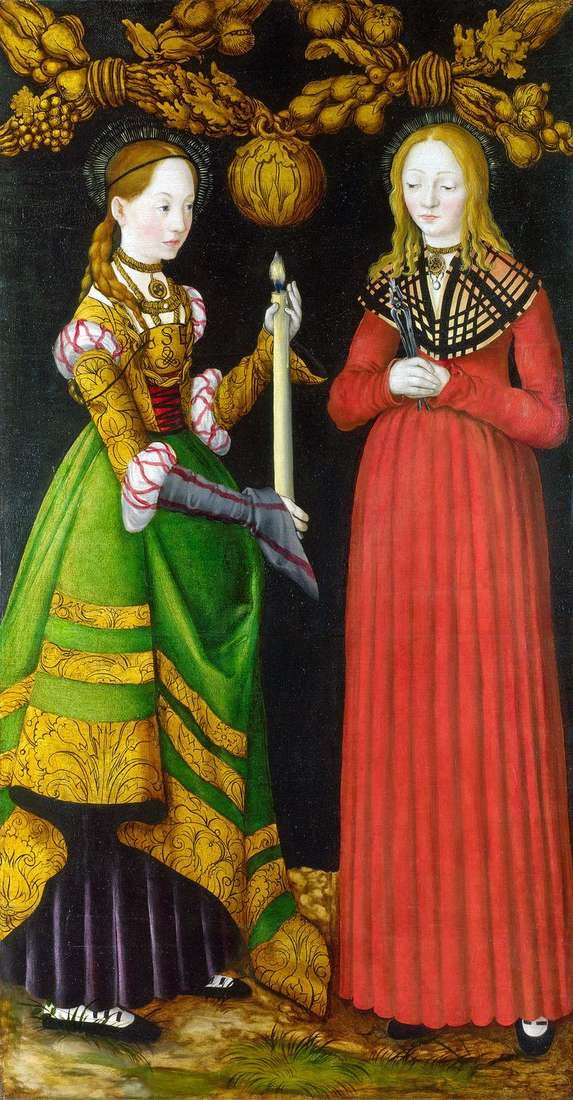
Paintings of Cranach on religious themes and mythological subjects are most often populated by blond and white-haired beauties. In them, now with the baby on his hands, then naked, the
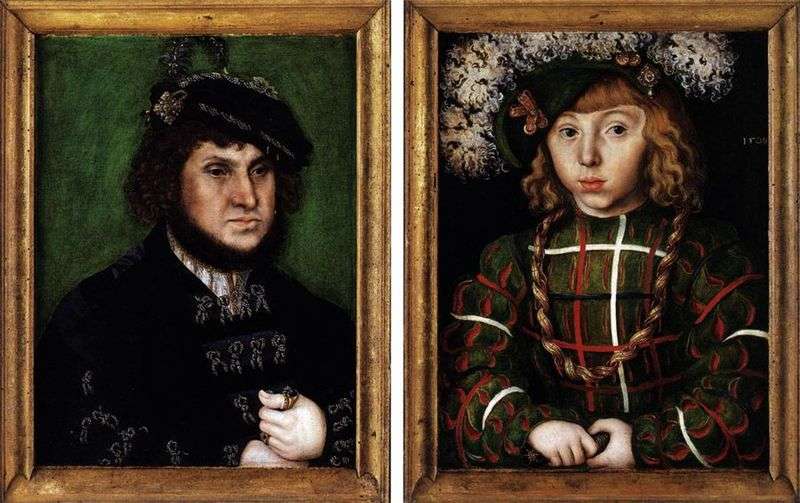
Lucas Cranach wrote many portraits of his contemporaries. Especially popular during this period were double portraits. A double portrait in art is called a diptych. As a rule, the members
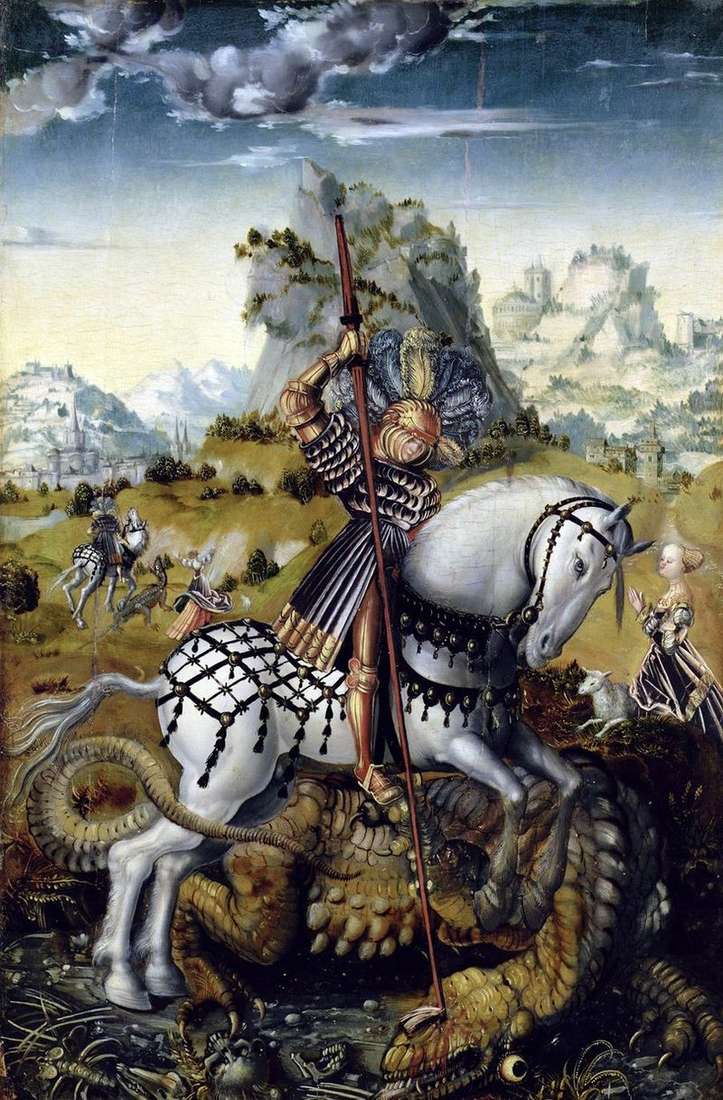
“St. George and the Dragon.” In Christianity, St. George the Victorious is one of the most revered saints, the Cappadocian warrior, who in the second century adopted the Cappadocia. n.